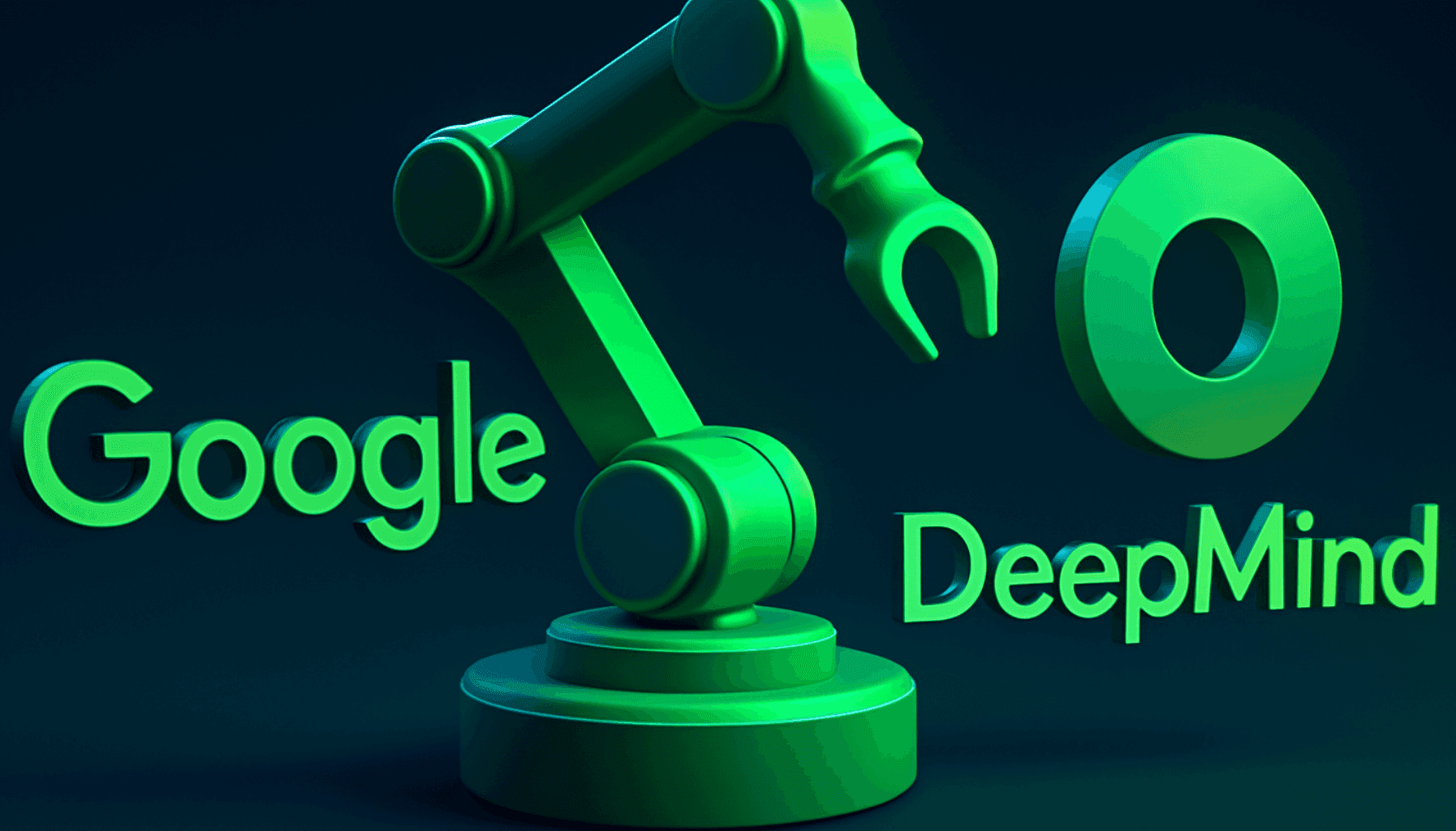
What is Python and Who is it for?

What is Python and Who is it For?
What is Python? Python is a programming language that is preferred in various fields. It stands out with its fundamental structure in machine learning, data science, API, and web development. Looking back at the past, Python is seen as a complementary language. Since 1991, Python has been recognized as a first-class programming language with its features. Python is preferred in infrastructure management, modern software development, and data analysis.
In summary, Python is a programming language that is frequently used and preferred in machine learning, data analysis, creating web applications, and system administration.
What are the Advantages of Python?
The question of what Python is used for is often wondered by many users interested in software and programming. The Python programming language, which attracts attention with various privileges it offers to users, also brings along several advantages. The advantages provided by Python can be listed as follows:
- Ease of Learning and Use: Some programming languages have a complex structure, making their learning and use quite difficult. Python stands out from other programming languages in this aspect. Python has a readable syntax and is known for its forward-looking nature. It is also very easy to learn. Python is particularly ideal for beginners in programming as it can be learned quickly and easily. When complex programming languages are considered, Python is seen as the forefront in terms of simplicity.
- Wide Range of Applications: Despite being a less heard-of programming language, Python has a wide range of applications. Python, especially popular among programmers, elevates the programs it is based on to the top ranks. Python's wide range of applications is also evident in operating systems. Python is supported by many operating systems and is compatible with both small and large ones. Particularly in API-supported services and large software libraries, there are Python-based wrappers and bindings. These services enable Python to create interfaces easily and use the related libraries directly. The question of where Python is used is indirectly answered here. Python is frequently used in various multi-program applications as well.
- Original Language: Python is not among the simple programming languages. It encompasses automation programs and scripts, covering Python code patterns. Python is also commonly used to create professional-quality software and is a preferred choice for creating standalone applications and web services.
Where is Python Used?
Python programming language, which stands out with its functional features, provides ease of use in many areas. The advantages provided by Python are listed as follows:
- Python can be used for configuration and system requirements in applications like Salt and Ansible.
It automates the interactions of application GUIs and web browsers.
- Console applications can be created using the Python programming language.
Python, which creates GUI applications for multiple applications, also allows the use of the created applications as standalone installation files.
- Scripts can be created using Python. Although a script created through Python cannot create a standalone binary series on its own, it can be transformed into a binary series using third-party programs.
- Python has become the most suitable programming language for sophisticated data analysis, which is one of the most important topics in IT. All the libraries available in the Python interface are highly suitable for data science and machine learning. The high-quality commands in Python libraries contribute to the development of numerical algorithm libraries and machine learning libraries.
- When the native libraries within the Python programming language combine with third-party web applications, it becomes possible to have fast website management. It also allows the creation of the correct code blocks for REST APIs to make the data execution process of the site faster.
- Python has made its asynchronous operations quite powerful with its latest updates. Thus, together with its native libraries, it enables fast data flow in response to code requests per second on websites.
- It is known that the libraries and modules within Python serve as objects. This makes Python an impressive language. Python manipulates applications written with its inherent code features and allows the writing of applications that are more difficult or even impossible to write in other programming languages.
- Python, with its ability to create multi-platform applications, provides a suitable environment for generating effective code on LLVM and similar compiler systems.
- Python is described as "Glue Code." The reason for Python being described as such lies in its ability to create an effective program by forming a collaborative structure with the code in the C language library.
- Python is an unparalleled programming language option for machine learning and data science.
What are the Shortcomings of Python?
Python, which stands out with its various advantages and functional features, also has some shortcomings. The situations where Python falls short can be summarized as follows:
- Python is a high-level programming language, so it is not suitable for low-level programming. However, this does not apply to device drivers and operating system kernels.
- It can be said that Python is not ideal for some cases. Among the situations where Python is not ideal are cases that make calls for cross-platform independent binary files.
- It is possible to develop applications for macOS, Windows, and Linux operating systems with Python. However, the functionality of the developed application may be questioned.
- Speed is a priority in the Python programming language. It is not feasible for Python, which prioritizes speed, to provide functionality in heavy programs. In such cases, older programming languages such as C or C++ can be preferred.
How to Make Things Easier with Python?
In addition to questions about what Python is and what it is used for, people often wonder about the areas where Python provides convenience. If you want to make your work easier with Python, you can take a look at the following points:
- Python programming language has simple and concise syntax. For example, in Python 3.x, the phrase 'Hello world!' is displayed as follows: print("Hello world!")
- Through the object elements present in Python, common program flows can be expressed clearly and unambiguously. For example, to read lines from a text file within a list object and sort these lines in array format, you would need to write the following code:
with open('apsisx.txt') as apsisx_file:
file_lines = [x.strip('\n') for x in apsisx_file]
- When examining the code structure of programs, the 'with/as' structure stands out. The With/As structure is a context manager and is preferred for instantiating an object and releasing it outside the block. In this case, the object is 'apsis_file' called with the () open function. Thus, there is no need to write additional code for other operations. Operations that do not require extra code include opening, reading, and closing files.
- The structure [x.strip('\n') for x in apsisx_file] is also present among Python language patterns. This structure enables the repetition of code structures containing other codes such as 'apsisx_file'. It also helps in automatically adding the repeated list to a list and processing it.
- Many different programming languages, including Python, have the 'for...' pattern. In Python programming language, it is possible to write this pattern as a loop. The key point here is that Python allows for expressing loops in an economical manner. With Python, you can perform simple operations for elements in the loop, provide clear exemplification processes, or work with topics that require disposal.
- Code blocks allow developers programming with Python to balance readability and differentiation.
- The language features present in Python complement common usage scenarios. For example, Unicode strings and many other different object types can be directly passed into the language. Examples of data structures found in Python include dictionaries, lists, tuples, and sets.
What are the Differences Between Python 2 and Python 3?
Python has two current versions: Python 2 and Python 3. The current versions of Python have features that will broaden the horizons of new users. Python 2.x is referred to as 'legacy' and continues to receive updates. Python 3.x, on the other hand, includes many features that are not present in 2.x, such as concurrency controls and an efficient compilation system.
How are Python Libraries?
It is important for users seeking answers to what can be done with the Python language to have knowledge about Python libraries. Python's superior success is due to its rich ecosystem of third-party software and its unique ecosystem. The variety of libraries that contribute to Python's success is crucial in this regard.
The libraries supported by Python are further enriched through contributions. The standard library included in Python provides modules for various applications. Some of the programs that benefit from Python's standard library modules include multiprocessing, threading, networking, asynchronous operations, mathematics, array processing, directory and file access. In addition to these, many modules necessary for modern applications are available in Python libraries. These modules include working with data formats such as XML and JSON for reading and writing files, internet protocols, compressed file usage, email, web pages, URLs, and more. Additionally, Python's Ctypes module allows access to external code that provides an interface with C programming language. It is possible that the default Python version may not be fully developed in certain cases. In such cases, users can access a built-in copy of the SQLite 3 database and a multi-platform GUI library through Tkinter. The Python Package Index (PyPI) contains numerous third-party libraries.
Third-party libraries not only enhance the popularity of Python but also demonstrate its versatility. The capabilities provided by these libraries can be summarized as follows:
- The BeautifulShop library, included in Python, performs comprehensive HTML parsing, effectively extracting data as a tool.
- Frameworks such as Django and Flask cover both simple and advanced use cases, enabling rapid development of web services.
- Python's object model is managed by Apache Libcloud, which provides access to multiple cloud services.
- Libraries like Matplotlib, Pandas, and NumPy are used for accelerating statistical and mathematical computations. They also facilitate visualizing data."
What are the Features that Make Python Less Low-Level?
- Similar to languages like Go, Java, and C, the Python programming language stands out with its garbage collection feature. This feature eliminates the need for manual memory management, such as allocating and deallocating objects. In reality, the garbage collection process occurs automatically in the background. However, if this process creates a performance issue, it can be manually triggered or completely disabled.
- Python has a structure that embodies dynamism. The dynamic nature of Python allows it to be used as an object-oriented programming language. Therefore, functions, modules, and many other aspects of the language are treated as objects. This simplifies coding by utilizing objects, making it relatively easy to perform complex object manipulations with just a few lines of code. Abstractions can be organized and application parts can be modified when needed by developers.
- Python utilizes "Significant Whitespace" in its code. These whitespaces can be counted among the best and worst features of the Python programming language. For example, the indentation in the second line of the following code is not only used for readability but also as part of the code structure in Python. The Python compiler rejects code lines that do not use appropriate indentation to show control flow.
with open('apsisx.txt') as apsisx_file:
file_lines = [x.strip('\n') for x in apsisx_file]
As seen, the use of whitespace can be cumbersome in some cases. Therefore, this aspect can pose a problem for beginners using Python. However, it is observed that the rigid indentation rules are less restrictive than believed and also contribute to improved readability.
- Another aspect that stands out in Python is how it handles variable writing. Python employs an approach called "duck typing" or dynamic typing. Although this approach used by Python is highly suitable for fast coding, it can cause issues in large codebases.
- Python introduced support for "optional compile-time type hints." With this added support, projects that may benefit from static typing can also be utilized.
Is Python Slow?
When examining discussions about Python, it is apparent that there is a prevailing belief that Python is slow. In general, Python can be considered a slower programming language. In fact, programs created with Python tend to run slower compared to equivalent programs written in Java or C/C++.
Why is Python described as a slow programming language? At this point, the feature of analyzing code line by line in Python plays a role. This line-by-line code analysis feature introduces slower synchronization. Determining objects in Python through the used code makes it difficult to optimize the language's speed, even with compilation. However, the slowness of Python is not as significant as it may appear, and there are ways to speed up Python."
How to Increase Python's Speed?
Although Python is generally perceived as slow, it cannot be said that it is always slow. One of the key factors that can slow down a Python program is the improper importing of libraries or tasks from third-party standard libraries. To speed up Python, applications such as Pandas and NumPy can be used. By using Pandas and NumPy, statistical and mathematical operations can be significantly accelerated. Additionally, PyPy can provide noticeable speed improvements for runtime and many Python applications.
When projects like Numba or Cython are used with the Python programming language, up to 10% of the program code can be converted to Assembly language. Although the resulting code may exhibit slower performance compared to programs written in the C programming language, it can still demonstrate potential to compete with C if memory micro-management in C is not considered.
What are the Use Cases of Python?
Python, one of the most widely used programming languages in the software world, stands out with its powerful, flexible, and simple structure. The structure and functional features of Python expand its areas of application. The use cases of Python are listed as follows:
- Web Development: Web development is one of the most prominent areas where Python is used. When developing web applications with various complexities, you can choose the Python programming language. Python includes various web frameworks such as Flask, Pyramid, and Django. These frameworks provide all the necessary features to address tasks related to various domains. The areas illuminated by these frameworks include XML-RPC, POP, FTP, HTTP, and SMTP. Popular web applications created with Python include Google, Spotify, YouTube, and Instagram.
- Artificial Intelligence and Machine Learning: Python is an ideal programming language for artificial intelligence and machine learning. It allows individuals working in these fields to work with complex systems easily. Moreover, Python's flexible structure, community support, and its ability to work independently of programs like MacOS, Linux, and Windows make it an indispensable choice for machine learning and AI projects.
- Data Analysis: Data scientists gather large amounts of unstructured data to perform analysis and synthesize structured insights relevant to their businesses. This is where Python comes into play. Python is an excellent choice for data scientists. Libraries like Matplotlib and Seaborn in Python are ideal for visualization. Additionally, Python includes the popular library Pandas, which is essential for data analysis and manipulation. Panda's source code is optimized and provides accurate results in data analysis.
- Game Development: With the Pygame library included in Python, it is possible to create various types of games such as adventure, classic, and puzzle games.
- Robotics Applications: Python is the most popular programming language in the field of artificial intelligence. Its suitability for robotics is one of the reasons why Python is the preferred programming language. Python also includes various computational libraries that are essential for robotics.
- Mobile Applications: Python's frameworks enable the development of mobile applications. Python libraries are among the factors that have an impact on mobile app development."



